America’s skies and landscapes are home to an incredible diversity of bird species, but many of these magnificent creatures face severe threats to their survival. From coastal shorebirds to woodland songsters, numerous avian populations are experiencing alarming declines due to habitat loss, climate change, and other human-driven factors. The plight of these birds not only represents a potential loss of biodiversity but also signals broader environmental issues affecting our ecosystems. Understanding which species are most at risk is the first step toward implementing effective conservation measures to protect these vulnerable birds before they disappear forever. This article explores the ten bird species facing the most serious threats in the United States today, examining their unique challenges and what’s being done to save them.
California Condor: America’s Most Endangered Bird
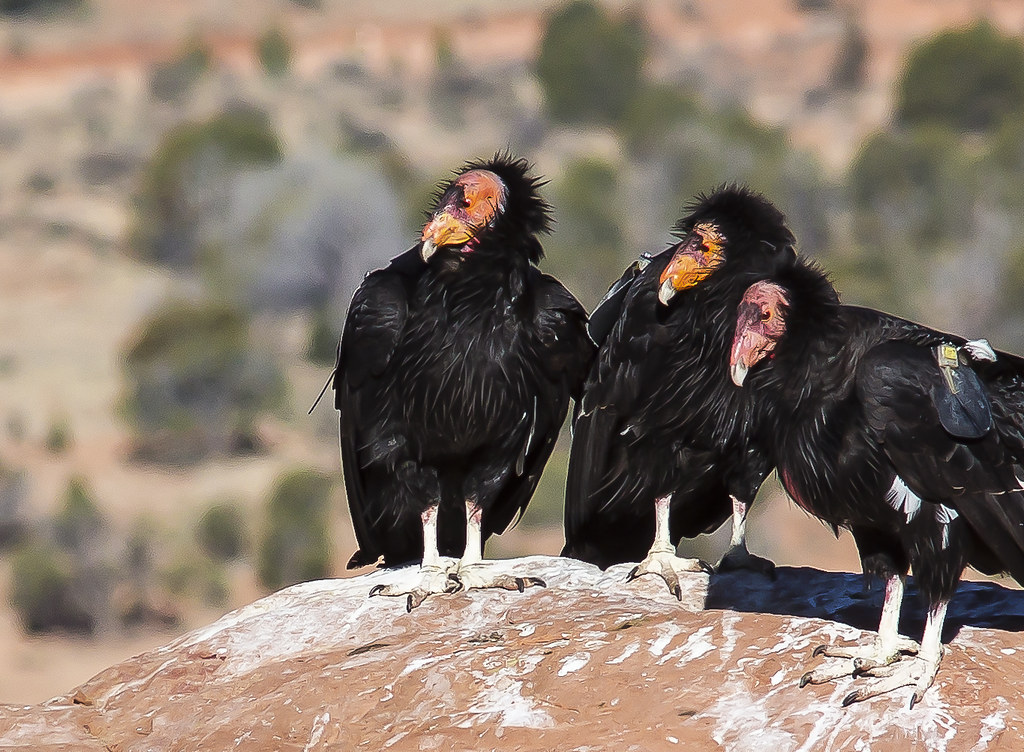
The California Condor stands as a sobering example of how close we can come to losing a species forever. With a wingspan reaching nearly 10 feet, these magnificent scavengers once soared across much of the western United States but were driven to near-extinction primarily due to lead poisoning, habitat destruction, and poaching. By 1987, the situation had become so dire that all remaining wild condors—just 22 birds—were captured for a captive breeding program in a last-ditch conservation effort. Through intensive management and breeding programs, their numbers have slowly increased to over 300 individuals, with about half now living in the wild. Despite this progress, California Condors remain critically endangered and continue to face serious threats, particularly from lead poisoning when they consume animal carcasses containing lead ammunition fragments.
Whooping Crane: The Fight Against Extinction
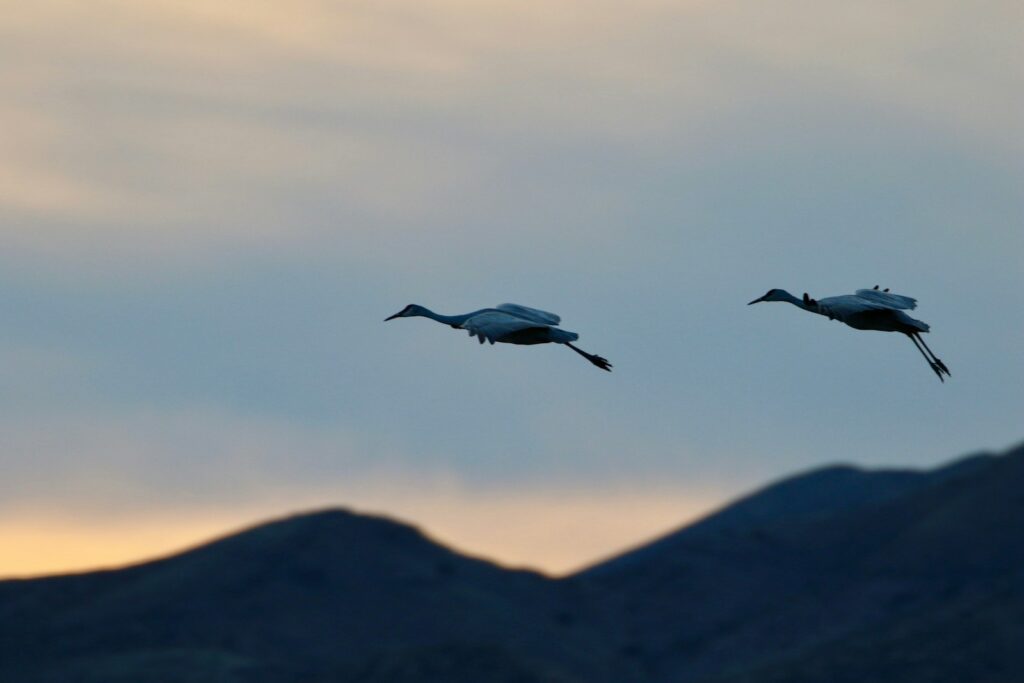
The Whooping Crane represents one of North America’s most remarkable conservation challenges, having nearly vanished in the mid-20th century when the population plummeted to just 15 birds. Standing nearly five feet tall with striking white plumage and a crimson crown, these majestic birds undertake a remarkable 2,500-mile migration between Texas and Canada each year. Their decline resulted from widespread wetland drainage, hunting, and power line collisions along their migration route. Today, intensive conservation efforts, including captive breeding, habitat protection, and innovative techniques such as teaching migration routes using ultralight aircraft, have helped increase their numbers to approximately 800 individuals. Despite this progress, Whooping Cranes remain perilously endangered, with habitat loss and human disturbance continuing to threaten their fragile recovery.
Kirtland’s Warbler: A Conservation Success Under Threat
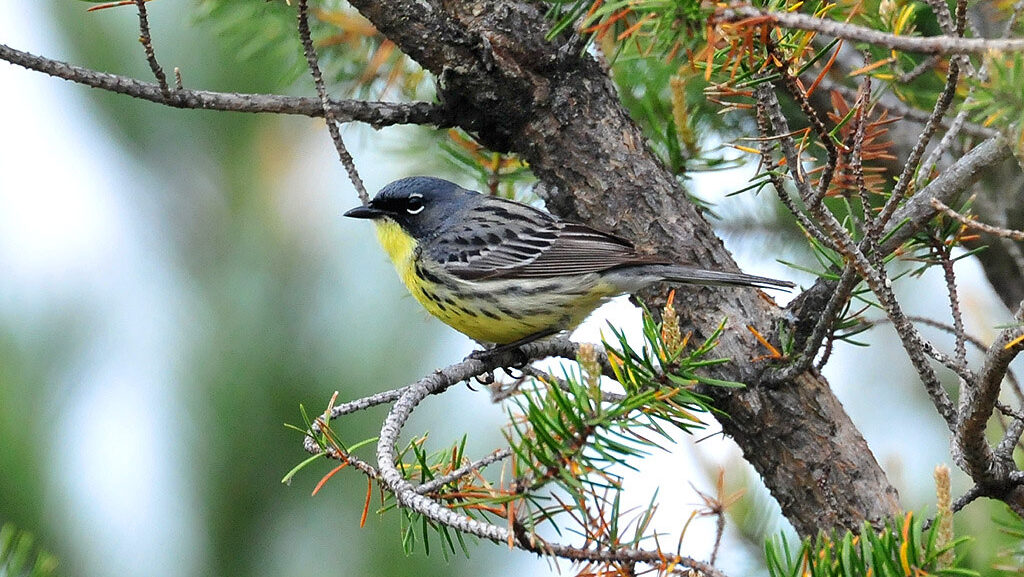
The Kirtland’s Warbler represents one of America’s most habitat-specific songbirds, nesting almost exclusively in young jack pine forests in Michigan’s Lower Peninsula. This yellow-breasted warbler with a distinctive song requires very specific conditions: jack pine stands between 5-20 years old with sandy soil and scattered openings. Their population crashed to just 167 singing males in 1974 due to habitat loss and nest parasitism by Brown-headed Cowbirds. Through intensive management—including controlled burns to maintain young jack pine habitat, cowbird control programs, and protection of wintering grounds in the Bahamas—their numbers have rebounded to over 2,000 pairs. While they were removed from the endangered species list in 2019, their continued survival remains entirely dependent on ongoing habitat management, making them perpetually vulnerable to policy changes or funding cuts that might reduce conservation efforts.
Gunnison Sage-Grouse: Victim of Western Development
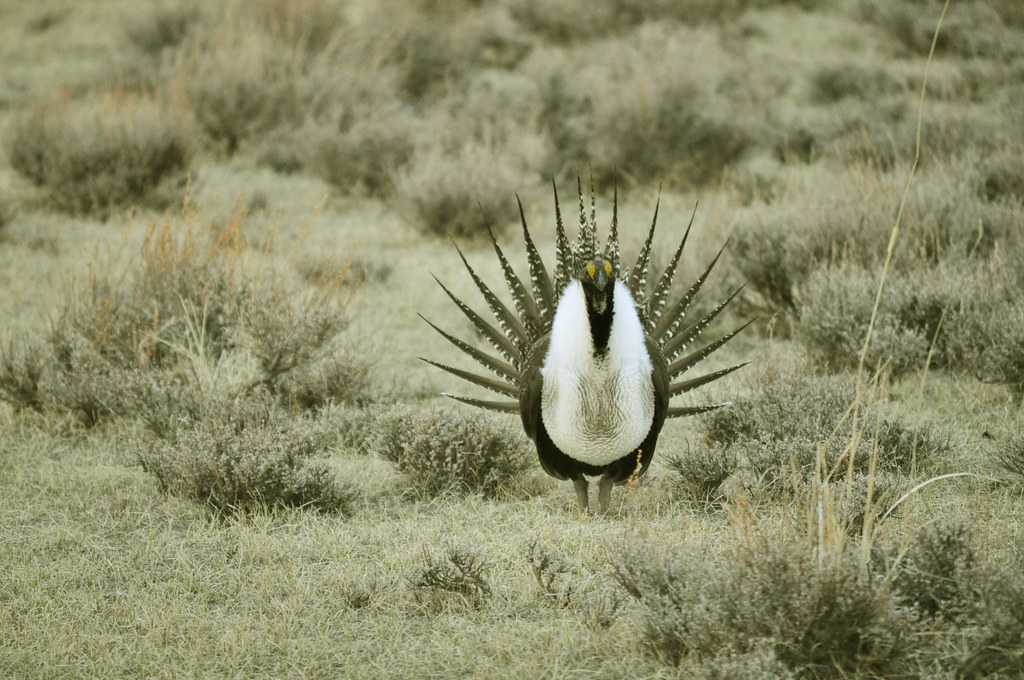
The Gunnison Sage-Grouse, with its distinctive spiky tail feathers and elaborate mating displays, wasn’t even recognized as a separate species until 2000, by which time it was already in serious trouble. Found only in southwestern Colorado and southeastern Utah, this ground-dwelling bird has lost approximately 90% of its historic range due to agricultural conversion, energy development, and urban expansion. Current population estimates suggest fewer than 5,000 individuals remain, concentrated in seven isolated populations with limited genetic exchange between them. The largest threat continues to be fragmentation of their sagebrush habitat by roads, powerlines, and fences, which both destroys crucial breeding areas and creates barriers between populations. Despite being listed as threatened under the Endangered Species Act in 2014, conservation efforts have struggled to reverse population declines, with some satellite populations now numbering fewer than 50 birds.
Florida Grasshopper Sparrow: America’s Most Endangered Songbird
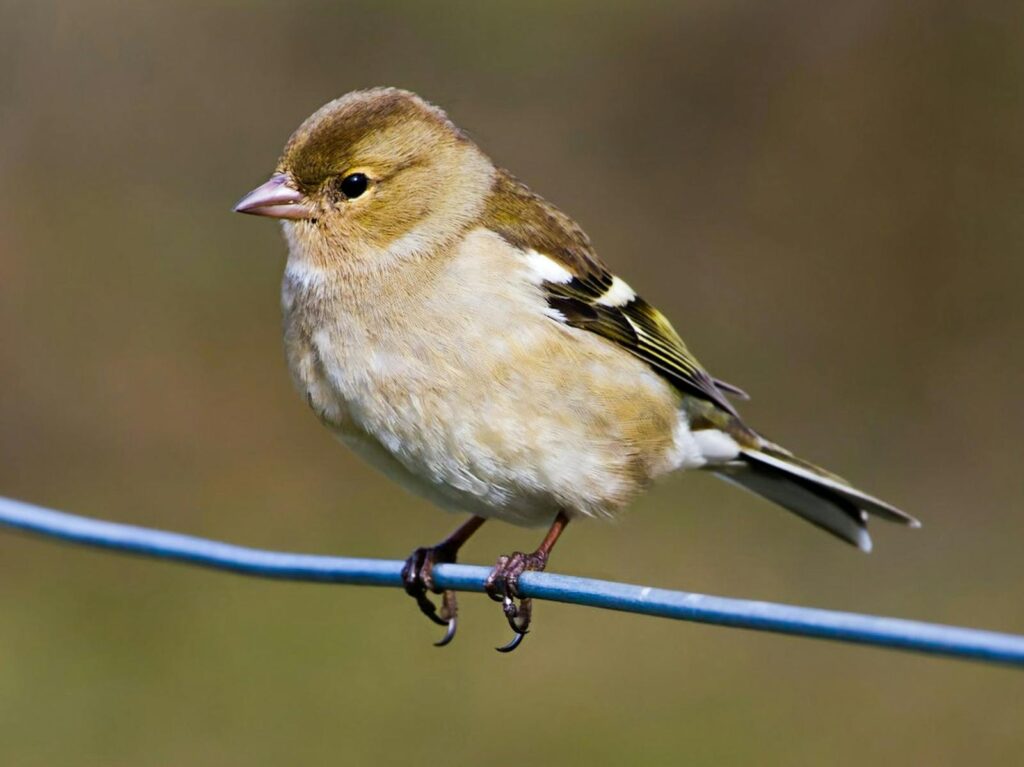
The Florida Grasshopper Sparrow may be small and unassuming, but it faces one of the most precarious futures of any U.S. bird. Endemic to the dry prairie grasslands of central Florida, this subspecies has experienced a catastrophic 95% population decline since the 1970s. Today, fewer than 50 breeding pairs are estimated to remain in the wild, making it perhaps America’s most endangered bird. The primary threats include habitat loss from conversion to agriculture and development, fire suppression that alters grassland structure, and increased flooding from climate change. A captive breeding program launched in 2015 has released over 250 birds back into protected areas, offering a glimmer of hope. However, recent surveys suggest these efforts may not be enough to overcome the multiple threats this tiny sparrow faces in its increasingly fragmented habitat.
Piping Plover: Threatened By Beach Development
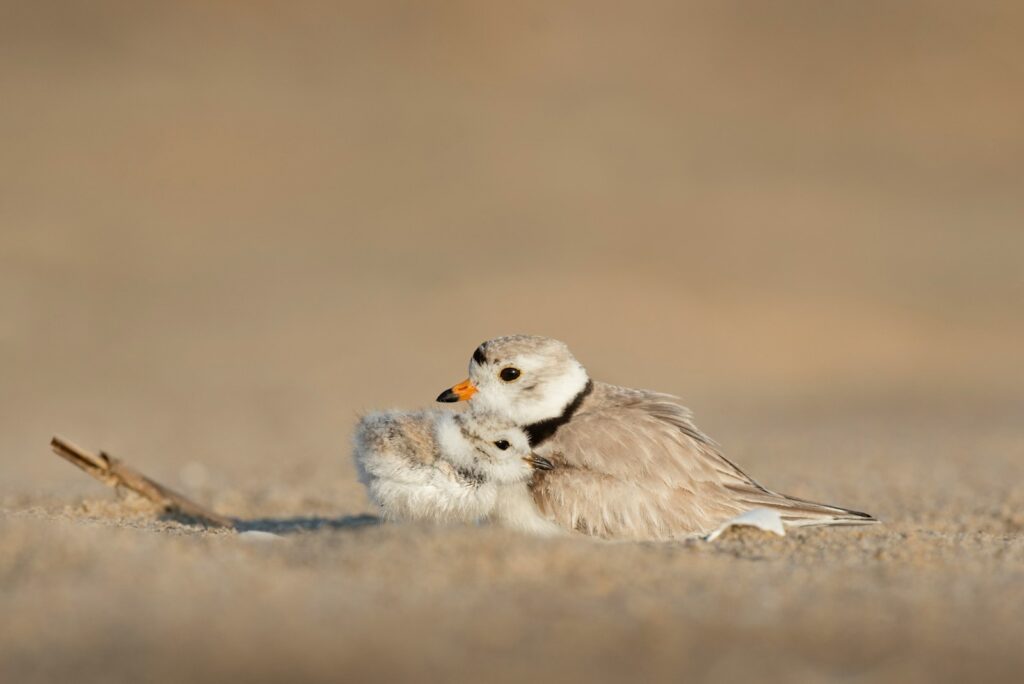
The Piping Plover, a small sand-colored shorebird with distinctive orange legs, nests on beaches and sandy shorelines across three major regions of North America. Their decline began in the early 20th century due to hunting for the millinery trade, but today they face a more complex array of threats centered around human beach use. Coastal development, beach recreation, off-road vehicles, and predation by human-associated animals like raccoons and feral cats have all contributed to their endangered status. Climate change poses an additional threat, as rising sea levels and increased storm frequency erode their narrow band of suitable nesting habitat. Despite intensive conservation efforts—including rope barriers around nesting areas, predator exclosures, and public education campaigns—the Atlantic Coast population remains at fewer than 2,000 birds, with the Great Lakes population even more imperiled at approximately 70 pairs.
Ivory-billed Woodpecker: The Ghost Bird
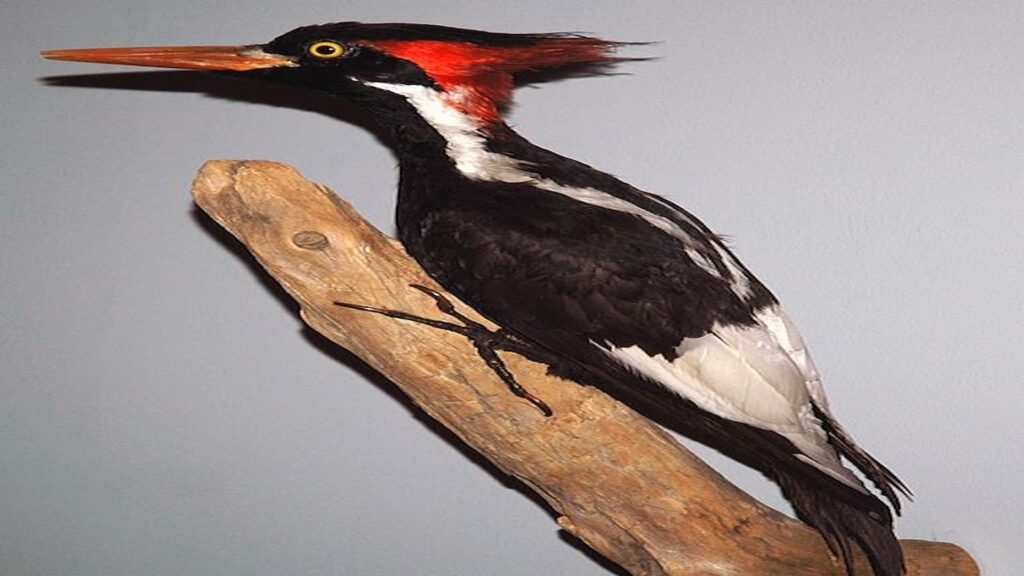
The Ivory-billed Woodpecker represents one of the most tragic and controversial stories in American conservation history. Once inhabiting mature bottomland forests throughout the southeastern United States, this magnificent bird—the third largest woodpecker in the world—was driven to the brink of extinction by extensive logging of old-growth forests in the early 20th century. The last confirmed sighting occurred in Louisiana in 1944, leading many to believe the species extinct. However, sporadic unconfirmed sightings and controversial video evidence from Arkansas in 2004 sparked renewed hope and massive search efforts. Despite extensive surveys costing millions of dollars, no definitive evidence of surviving Ivory-bills has emerged. In 2021, the U.S. Fish and Wildlife Service proposed declaring the species extinct, though the final decision remains pending as some researchers and birders continue to hold out hope that small populations might persist in remote swamplands.
Spotted Owl: Symbol of Old-Growth Forest Controversy
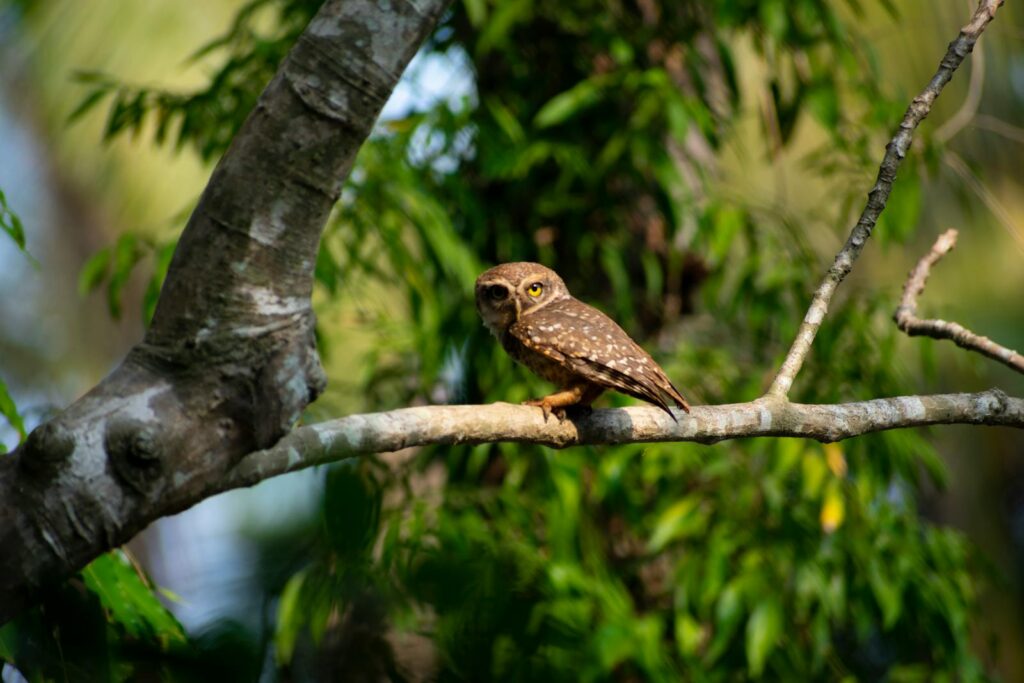
The Northern Spotted Owl has become an iconic symbol of the conflict between environmental conservation and resource extraction industries in the Pacific Northwest. These medium-sized, chocolate-brown owls with white spotting require large territories within old-growth forests, containing complex structures with multiple canopy layers and large dead trees for nesting. Their population has declined by over 70% since listing as threatened under the Endangered Species Act in 1990, primarily due to ongoing loss of old-growth habitat through logging. More recently, they face an additional threat from competition with the more aggressive Barred Owl, which has expanded its range westward into Spotted Owl territory. Despite protection of millions of acres of forest under the Northwest Forest Plan, Northern Spotted Owl populations continue to decline at about 4% annually, with current estimates suggesting fewer than 2,000 pairs remain.
Saltmarsh Sparrow: Racing Against Rising Seas
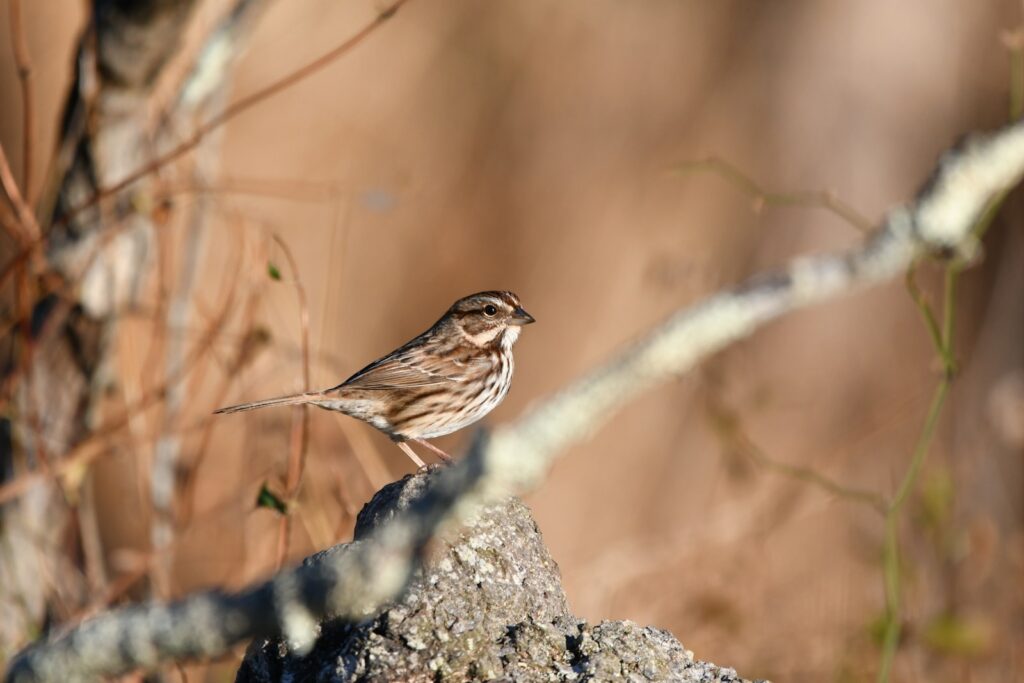
The Saltmarsh Sparrow faces perhaps the most direct threat from climate change of any bird in the United States. This small, secretive songbird nests exclusively in high marsh areas along the Atlantic Coast from Maine to Virginia, building its nest just above the high tide line. With sea levels rising at an accelerating rate, these nests are increasingly vulnerable to flooding during monthly high tides and storm events. Research indicates their population has declined by 75% since the 1990s and continues to drop at about 9% annually. Scientists project that without immediate intervention, the species could become extinct by 2050—potentially the first bird extinction in the continental United States driven primarily by climate change. Conservation efforts focus on protecting remaining marsh habitat and creating artificial islands and platforms where tides can flow naturally while providing safe nesting sites above flood levels.
Golden-cheeked Warbler: Texas Hill Country Endemic
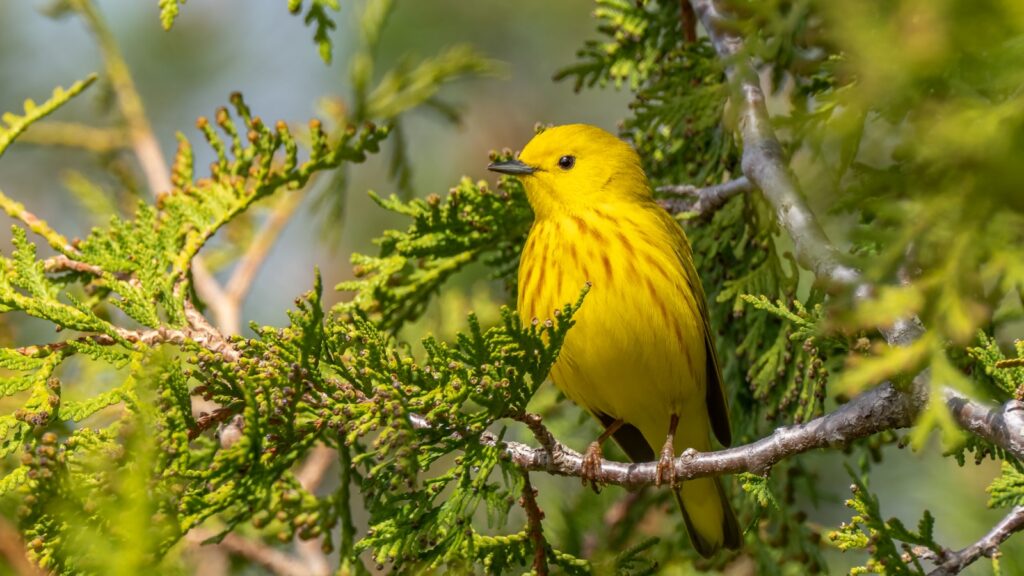
The Golden-cheeked Warbler represents the only bird species that nests exclusively in Texas, requiring mature Ashe juniper and oak woodlands in the Edwards Plateau region. These striking black-and-white warblers with bright yellow faces build their nests using strips of juniper bark, a material only available from mature trees at least 20 years old. Since the 1960s, rapid urbanization around growing cities like Austin and San Antonio has destroyed approximately 25% of their breeding habitat, while agricultural clearing and suburban development continue to fragment remaining woodlands. Listed as endangered in 1990, current population estimates suggest 21,000-27,000 individuals remain, concentrated in increasingly isolated habitat patches. Despite protections under the Endangered Species Act, development pressures in the fast-growing Texas Hill Country continue to threaten this endemic warbler, with proposals periodically emerging to downlist or delist the species to facilitate economic development.
Conservation Challenges and Future Prospects
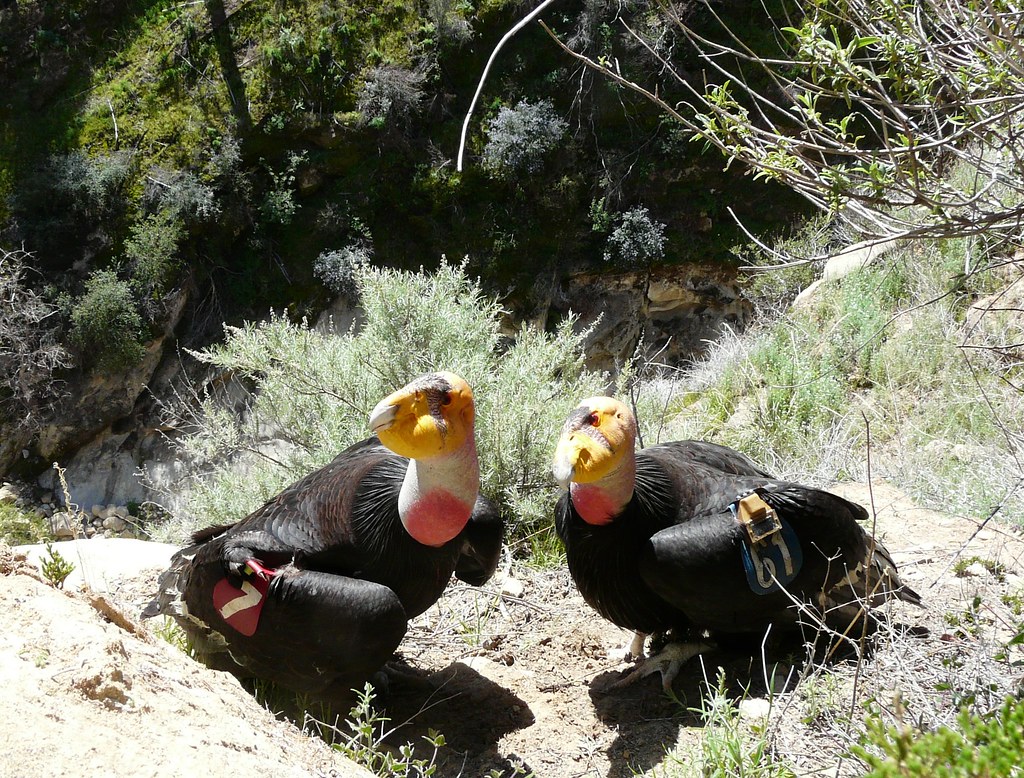
The birds on this list face diverse threats, but several common themes emerge in their struggle for survival. Habitat loss represents the most pervasive challenge, whether through direct destruction, fragmentation, or degradation of the specialized environments these species require. Climate change acts as a threat multiplier, altering precipitation patterns, increasing extreme weather events, and raising sea levels in ways that many species cannot adapt to quickly enough. Additionally, invasive species, environmental contaminants, and human disturbance continue to impact vulnerable bird populations across various ecosystems. Despite these challenges, conservation success stories like the California Condor and Kirtland’s Warbler demonstrate that dedicated efforts combining habitat protection, captive breeding, and ongoing management can bring species back from the brink of extinction. The future of America’s most endangered birds will depend on sustained funding for conservation programs, science-based policy decisions, and public engagement in protecting the diverse habitats these magnificent creatures call home.
How Individuals Can Help Endangered Birds
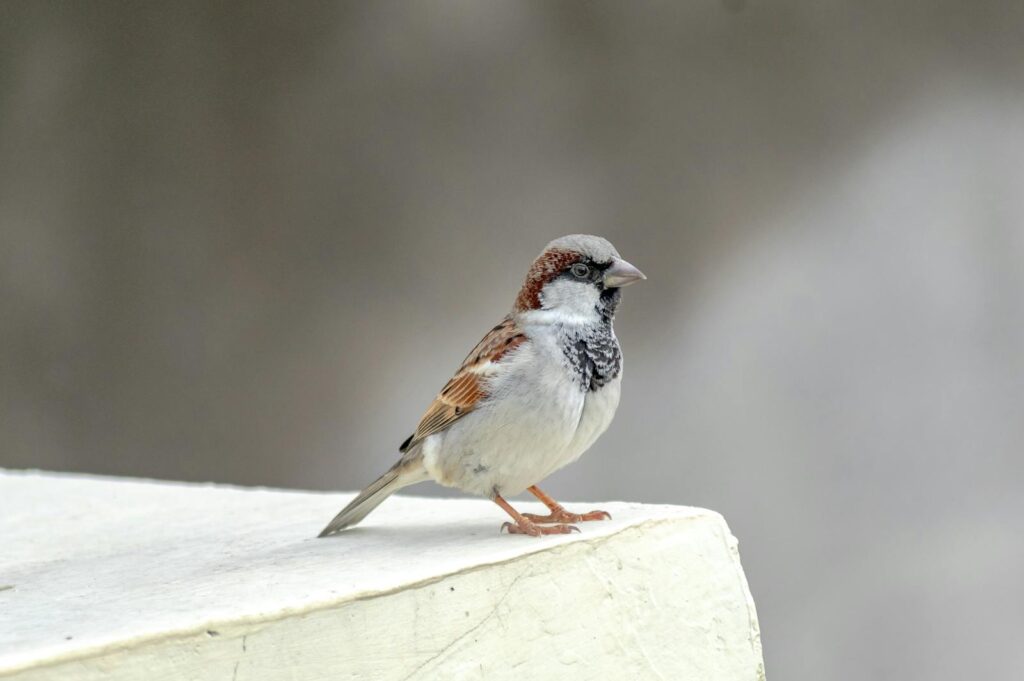
While the plight of America’s most endangered birds may seem overwhelming, individuals can make meaningful contributions to bird conservation efforts. Supporting organizations dedicated to bird conservation through donations or volunteer work provides crucial resources for habitat protection and research programs. Making your own property bird-friendly by planting native species, avoiding pesticides, and keeping cats indoors can create small but valuable habitat patches, especially in urban and suburban areas. Advocating for bird-friendly policies at local, state, and federal levels helps ensure public lands are managed with conservation in mind and that endangered species protections remain strong. Additionally, participating in community science projects like the Christmas Bird Count or breeding bird surveys provides valuable data that helps scientists track bird populations and identify conservation priorities. By combining these individual actions with broader conservation initiatives, we can work toward ensuring that future generations will still experience the wonder of America’s diverse and remarkable birds.
